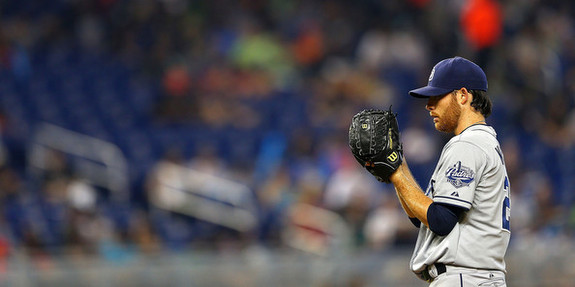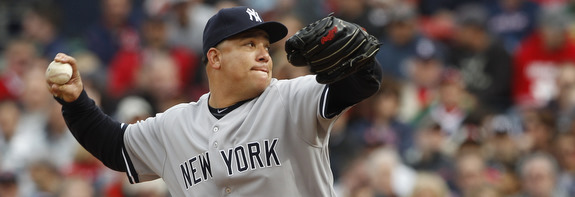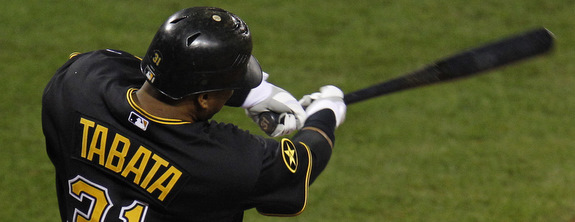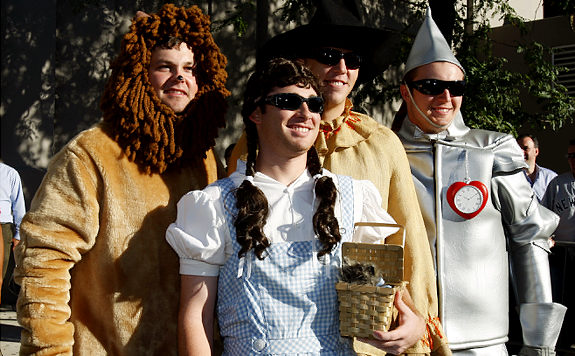Via Andy Martino: The Yankees have not discussed Ian Kennedy with the Padres and they do not have interest in either Bartolo Colon or Edwin Jackson. That last part makes a lot of sense. San Diego has indicated they are willing to keep Kennedy for next year, but that seems like a negotiating ploy. “Oh, [Brian Cashman’s] out there. He’s really trying to make something happen,” said a rival GM. “I personally don’t think he has the pieces to get a big trade done, but he’s working at it.”
The Yankees have not yet officially announced their starters for Monday and Tuesday, but there is no reason to think it will be anyone other than Shane Greene and Chase Whitley in some order. CC Sabathia is done for the season and who knows if or when Masahiro Tanaka and Michael Pineda will return, so there is no more internal pitching coming. They absolutely need another starter (and another bat or two as well), even if it’s only a minor pickup like Brandon McCarthy. Buy or sell, they need someone to soak up some innings. I fully expect Cashman to swing a deal or two before the trade deadline in eleven days.






